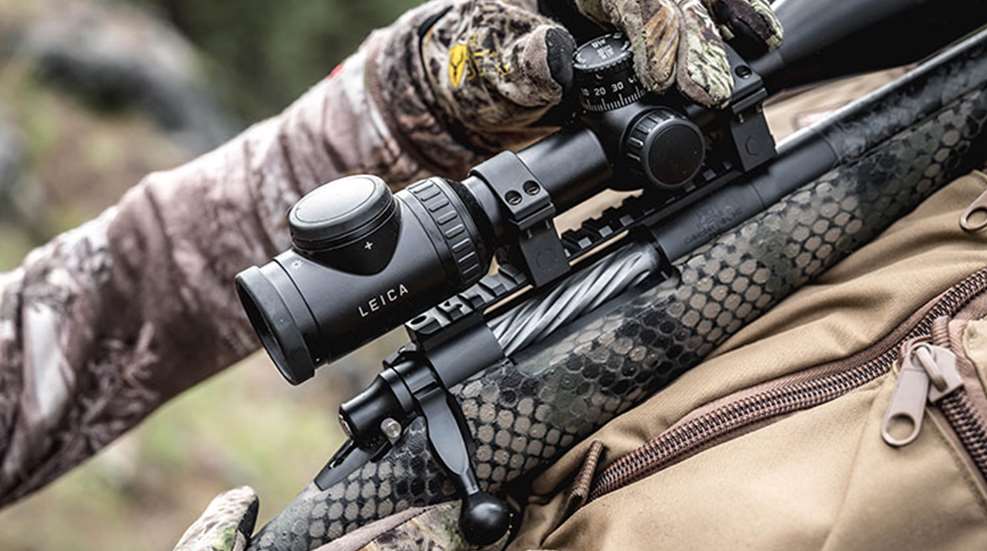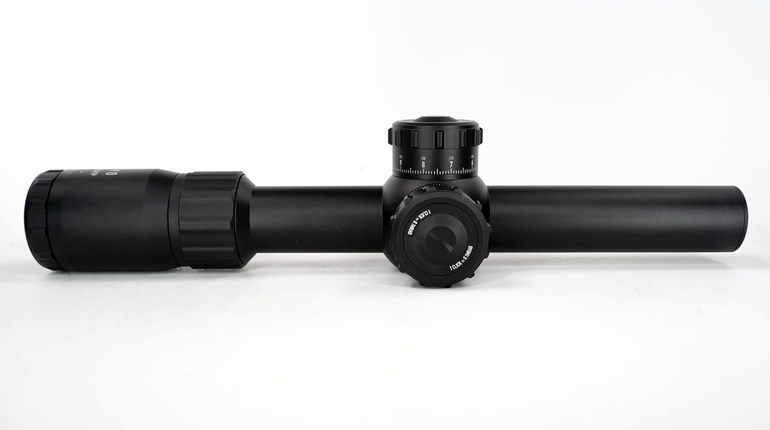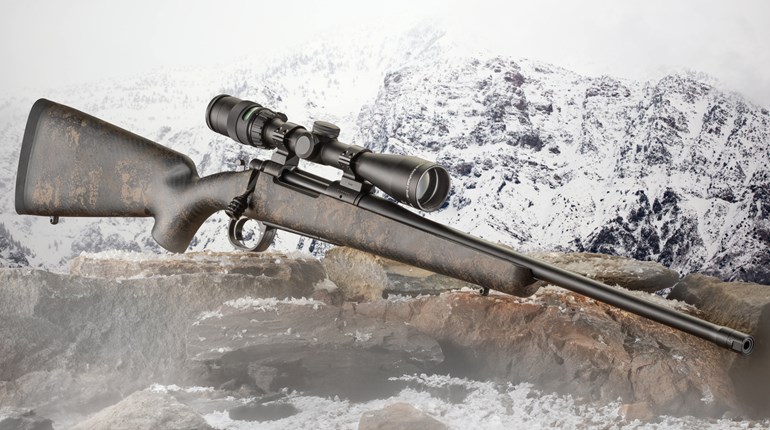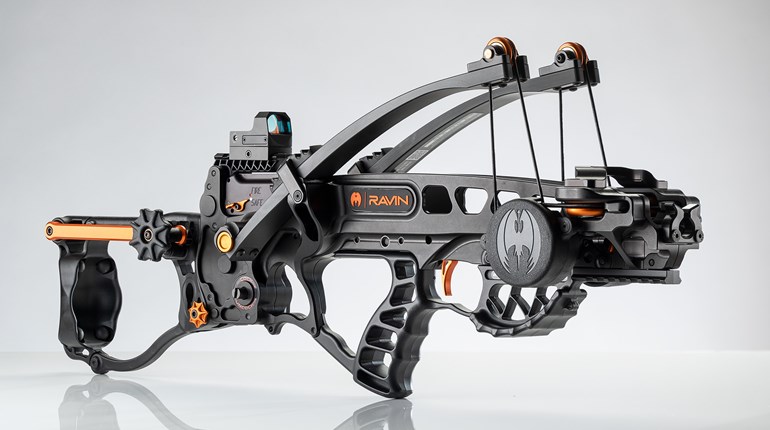
These days, it’s all the rage to see a buck on the other side of a valley, range it with a laser rangefinder, run some calculations on a smartphone ballistic app, then twirl the dial on the scope before shooting. The advantage to “dialing in” is that shooters can place the scope’s main crosshair almost exactly where they intend to hit. But plenty of times I’ve seen this technique backfire when hunting at ranges less than 600 yards. Here are 3 reasons why you shouldn’t dial in your scope while hunting.
1. Touching the dials on a previously-zeroed scope increases the chance of introducing human error. The truth of the matter is, for shots 600 yards and closer, all that’s needed is a scope with a multiple crosshair reticle (often called a ballistic reticle), and lots of practice. Consider that adjusting the scope requires a mathematical calculation. While some of us are Einsteins, I’m more like Gomer Pyle. For me, math gets especially hard under pressure. While some scope turrets now have more simplistic markings that hasten the adjustment process (Leupold’s CDS system is tough to beat), most still require calculating your “come-ups,” then dialing to that number.
For example, if you range an animal at 523 yards, you need to convert that number into mils, inches or MOA—depending on your preferred method—then convert the product into turret clicks up or down on the scope. Assuming your math is correct, you must then apply those minutia clicks in the correct direction, often with cold or gloved hands. Any mistake during this process can result in a miss, or worse, a wounded animal. Why not just know that the third crosshair in your scope, for example, is dead on at 545 yards (or wherever), put it on the vital zone and pull the trigger?
2. The adjustments of some scopes are not perfectly accurate and/or consistent. Sure, most scopes claim that one click equates to a ¼-inch point-of-impact shift at 100 yards—and the most expensive optics usually bear this out—but plenty have been proven to be almost ¼-inch. At long range, almost doesn’t cut it.
Worse yet are scopes that have inconsistent adjustments. Have you ever seen someone tap their scope after making an adjustment but before shooting? This isn’t witchcraft, rather a technique that has proven to jar the scope’s internals so that the erector tube within the main tube settles to the correct position under spring tension. Although this hack is generally reserved for cheaper scopes, the number times I’ve failed to use it and then have been burned by a scope that didn’t accept its adjustments as they were applied is alarming.
The point being, anytime you shift a scope’s erector tube, you are introducing additional possibilities of mechanical inconsistency, however slim. Why let any of this come into play when you don’t have to adjust the scope at all? One reason is dogma. Marine snipers were taught to dial in—and they also shoot at ranges beyond the maximum range of most ballistic reticles—and so many weekend warriors feel they must emulate them. Another reason is because it’s kind of fun. But that doesn’t mean it’s always best.
3. Dialing in can cause you to blow a shot opportunity. Adjusting takes time, and a moment of time is all an animal needs to run off or to change locations, thereby necessitating that the hunter redial the scope again. During this time of recalculation, the animal can run off again.
Furthermore, from my experience, scope dialers seem to be perfectionists by nature—if they are dialed in perfectly at 323 yards and the animal runs, say, 43 yards further, these hunters feel they need to re-range and re-dial, when they should simply shade a hair high and shoot. The result is that they tend to miss shot opportunities because animals, unlike targets, don’t often have the courtesy to stand still.



































